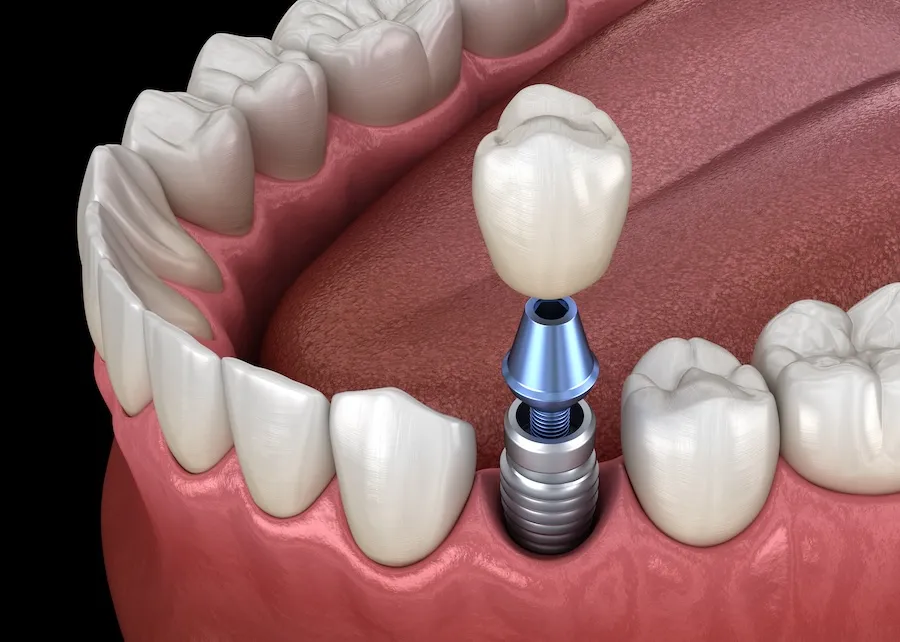Anesthesiology and Pain Relief Understanding the Different Techniques
Anesthesiology plays a pivotal role in modern healthcare, adding pain relief during surgeries, medical procedures, and even chronic pain management. An anesthesiologist is a medical doctor who administers anesthesia and monitors patients throughout a procedure. Their expertise is focused on keeping patients safe and tailoring pain relief methods to individual needs. Here’s more on different anesthesia techniques and how they help alleviate pain:
General Anesthesia
General anesthesia is the most well-known type, often used for major surgeries such as back and heart operations or other complex surgeries. It induces a controlled, temporary state of unconsciousness during which patients feel no pain. An anesthesiologist administers this type of anesthesia through inhaled gases or intravenous drugs. During the procedure, they carefully monitor vital signs like heart rate, blood pressure, and breathing to keep the patient stable.
The primary function of general anesthesia is to block pain signals between the brain and the body, creating an unresponsive state. This allows surgeons to perform complex procedures without any discomfort to the patient. After the surgery, specific medications are used to help recover consciousness gradually and manage any residual pain.
Local Anesthesia
Local anesthesia is commonly used for smaller, localized procedures such as dental work, mole removal, or stitching a minor wound. This technique numbs only a specific area of the body, allowing the patient to remain fully awake and aware throughout the procedure. Anesthesiologists or other medical professionals usually administer local anesthesia with an injection or topical creams. Local anesthesia is ideal for short procedures where widespread anesthesia isn’t necessary, and it offers minimal recovery time since only a small area is affected.
Regional Anesthesia
Regional anesthesia targets a specific region of the body, providing pain relief while the patient remains awake or lightly sedated. Epidural and spinal anesthesia, commonly used during childbirth or lower-body surgeries, are typical uses of regional anesthesia. A nerve block can also be done with this type of anesthesia, often used for hand, knee, or joint surgeries to prevent pain in a specific limb.
This technique involves injecting an anesthetic near a cluster of nerves, temporarily halting sensation in a larger area while leaving the rest of the body unaffected. During the procedure, the anesthesiologist monitors the patient closely and adjusts medications if needed. While staying conscious, patients often report feeling pressure or tugging but no pain. One of the key benefits of regional anesthesia is reduced reliance on general anesthesia.
Monitored Sedation
Monitored sedation, or conscious sedation, is a technique designed to relax the patient and provide pain relief without inducing complete unconsciousness. It’s commonly used for procedures like colonoscopies, dental surgeries, or certain diagnostic tests. This type of sedation can be adjusted to provide minimal, moderate, or deep sedation depending on the patient’s needs and the procedure’s complexity.
During monitored sedation, patients can typically respond to verbal cues, but they may not remember much of the procedure afterward. An anesthesiologist administers medications through an IV and observes vital signs. This technique often allows for a quicker recovery compared to general anesthesia, as the sedation wears off rapidly once the procedure is over.
See an Anesthesiologist
Anesthesiology has revolutionized medical procedures by making them safer, more comfortable, and pain-free. Each technique, whether it’s general anesthesia for major surgeries or local anesthesia for minor procedures, plays a key role in managing pain effectively. Speak with a trusted anesthesiologist today to learn how they can support you through your next procedure.











Post Comment